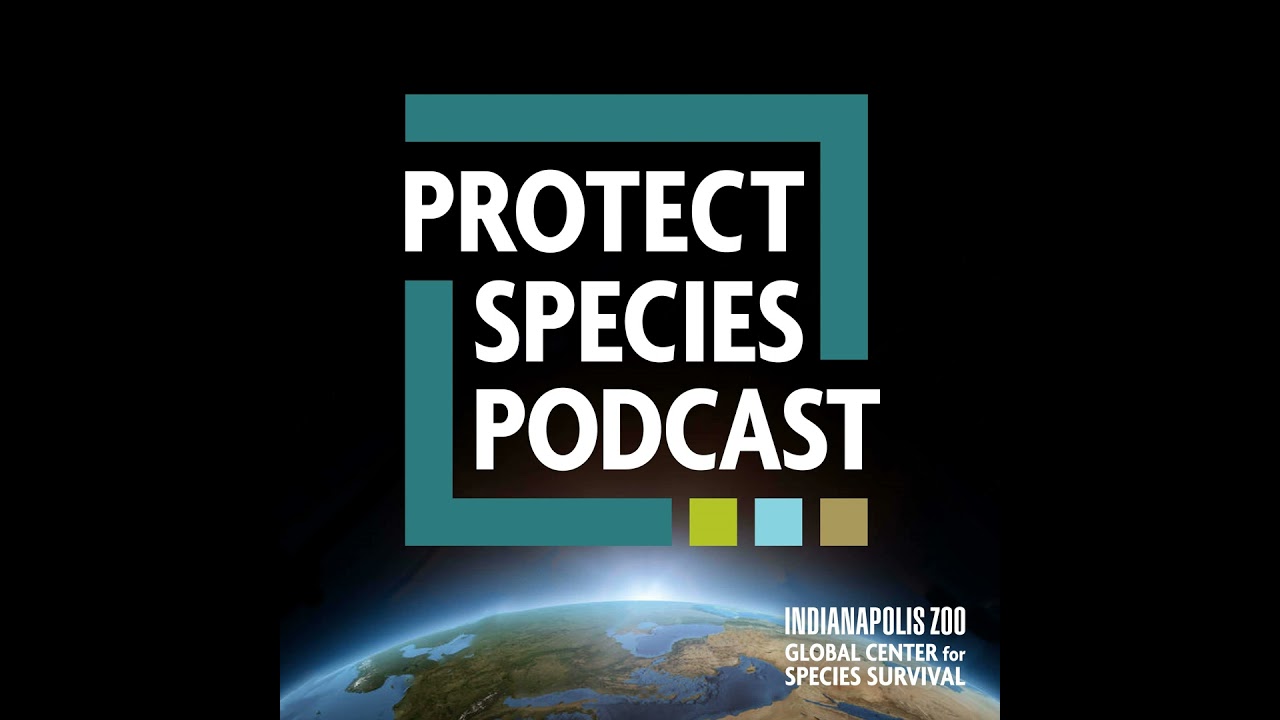– The global critical status of elephant populations and the causes behind their decline.
– The role of wildlife conservation efforts in protecting and reviving elephant populations.
– Innovative strategies and technologies being employed in elephant conservation.
– The importance of local communities and international cooperation in conservation success.
– Future challenges and directions for elephant conservation efforts.
Elephants, majestic creatures that have roamed the Earth for millions of years, face unprecedented threats to survival. As symbols of wisdom and power, their existence is crucial for biodiversity and the ecological balance of their habitats. Unfortunately, elephant populations across the globe are in a critical state due to a combination of factors, including poaching, habitat loss, and human-elephant conflicts.
The decline in elephant populations is not sudden but the result of years of unsustainable human practices. Poaching, driven by the illegal ivory trade, has decimated elephant numbers in many parts of Africa and Asia. Habitat loss, on the other hand, is a result of agricultural expansion, deforestation, and urban development, leading to fragmented landscapes where elephants cannot roam freely. Additionally, as human populations expand, conflicts arise over land and resources, often resulting in the retaliatory killing of elephants.
Wildlife conservation efforts have intensified in response to these challenges, adopting a multifaceted approach to safeguard elephants. Protected areas and wildlife reserves have been established, offering safe havens where elephants can live in natural conditions. These conservation areas are patrolled and monitored to prevent poaching and other illegal activities. Furthermore, international bans on the ivory trade have been implemented, aiming to cut off the economic incentives behind poaching.
Innovation plays a pivotal role in the evolution of elephant conservation strategies. Cutting-edge technology, such as satellite tracking and drone surveillance, has been implemented to monitor elephant movements and detect poaching activities in real time. These technologies provide conservationists with invaluable data on elephant behavior, migration patterns, and threats, enabling more effective protection measures.
Local communities are indispensable allies in the success of elephant conservation efforts. Their involvement and support are vital for sustainable conservation strategies. Community-based conservation programs aim to align wildlife protection interests with the socio-economic needs of local populations. By involving communities in decision-making and benefiting them from conservation activities, these programs help mitigate human-elephant conflicts and foster a culture of coexistence.
International cooperation is another key factor in the quest to save elephants. Elephant conservation is a global challenge that requires the collaboration of governments, non-governmental organizations, and conservationists across borders. Through treaties, such as the Convention on International Trade in Endangered Species of Wild Fauna and Flora (CITES), countries work together to regulate trade and take concerted actions against elephant threats.
R elephant conservation will have to navigate a complex landscape of environmental, economic, and social challenges. Climate change poses new threats, potentially altering habitats and exacerbating human-elephant conflicts. At the same time, economic development in elephant range countries must be balanced with conservation objectives. Future conservation efforts must be adaptive, innovative, and inclusive, integrating scientific research with community engagement and international diplomacy.
Elephant conservation is a field marked by challenges but also by remarkable achievements. The journey of protecting these incredible beings is a testament to human commitment to preserving our planet’s natural heritage. By charting the course of elephant conservation, we are working to secure a future for elephants and maintain the biodiversity and ecological integrity of their habitats. The path is long, but with continued effort, collaboration, and innovation, it is a journey worth pursuing for these giants and their environment.
*****
Source Description
Have you ever dreamt of sporting an elephant’s trunk for a day, or perhaps fluttering around with butterfly wings? Our playful musings on such animal appendages kick off a journey into the heart of elephant conservation with Dr. Vivek Menon. The founder and executive director of the Wildlife Trust of India and chair of the Asian Elephant Specialist Group joins us, Dr. Monni Böhm and Justin Birkhoff, to share his origin story—from birdwatcher to elephant defender—and the formation of an organization that has blossomed into a global conservation powerhouse.
From a small spare bedroom operation to a force of 250 staff and 22 field stations, Dr. Menon unveils the extraordinary growth of the Wildlife Trust of India and its crusade against species decline. The man behind the mission also reveals how the shutter of a camera lens offers him solace and the unexpected ways social media has bridged his message with the next generation.


